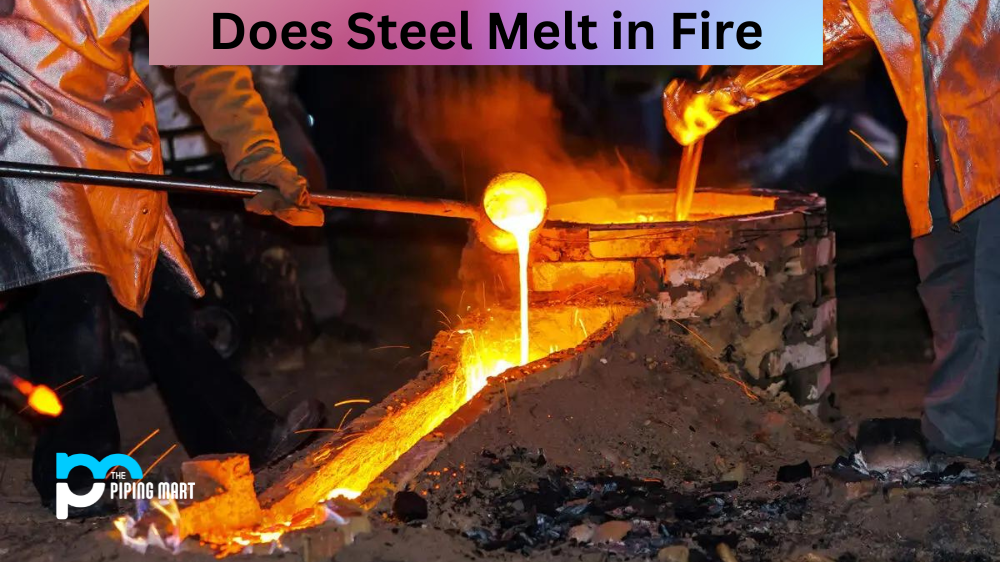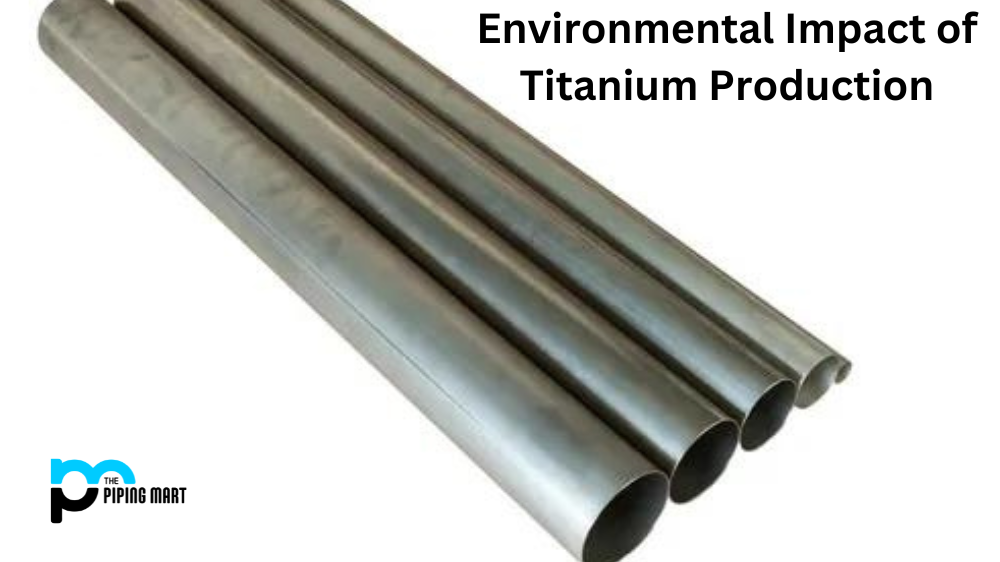If you’ve ever wondered whether steel melts in fire, you’re not alone. This is a common question among metalworkers and engineers, and the answer is complicated. The short answer is that, yes, steel can melt in fire. However, it has to reach a very high temperature and be exposed to fire for an extended period of time in order for the metal to melt completely. Let’s take a closer look at how this works.
Different Types of Steel React Differently to Heat
The melting point of steel varies depending on its composition and purity. Low-carbon steels have a melting point between 1,400-1,500°F (760-815°C). High-carbon steels have a melting point between 2,800-2,900°F (1,540-1,590°C). Stainless steel has an even higher melting point at 2,550-2,650°F (1 .400-1.450°C). This means that if you want your steel to melt in a fire, it needs to reach temperatures above these levels for an extended period of time.
Steel Melting Point vs Fire Temperature
The temperature of most fires falls far short of the temperatures necessary to melt steel—even with prolonged exposure over several hours or days. Most fires can reach up to 1,100°F (593°C), but this still isn’t hot enough for aluminium or stainless steel alloys to melt completely. In general, metals start becoming malleable at around 400°F (204°C) and start melting at around 700-1100 °F (371–593 °C).
That said, there are some exceptions, such as iron which starts melting at 1535 °F (839 °C). This means that certain types of iron will start melting before other metals do when exposed to fire.
Conclusion:
In summary, while steel does melt in fire under the right conditions, it usually doesn’t due to the relatively low temperatures found in most fires compared with what’s needed for a complete meltdown. If you’re looking for ways to make sure your metal components don’t become compromised by heat or flames, then it’s important that you choose materials with appropriate heat resistance ratings and use proper insulation techniques when necessary. Understanding how different types of metals react under different temperatures can help ensure that your project remains intact even after intense exposure to extreme heat or flames.

Abhishek is a seasoned blogger and industry expert, sharing his insights and knowledge on various topics. With his research, Abhishek offers valuable insights and tips for professionals and enthusiasts. Follow him for expert advice on the latest trends and developments in the metal industry.




